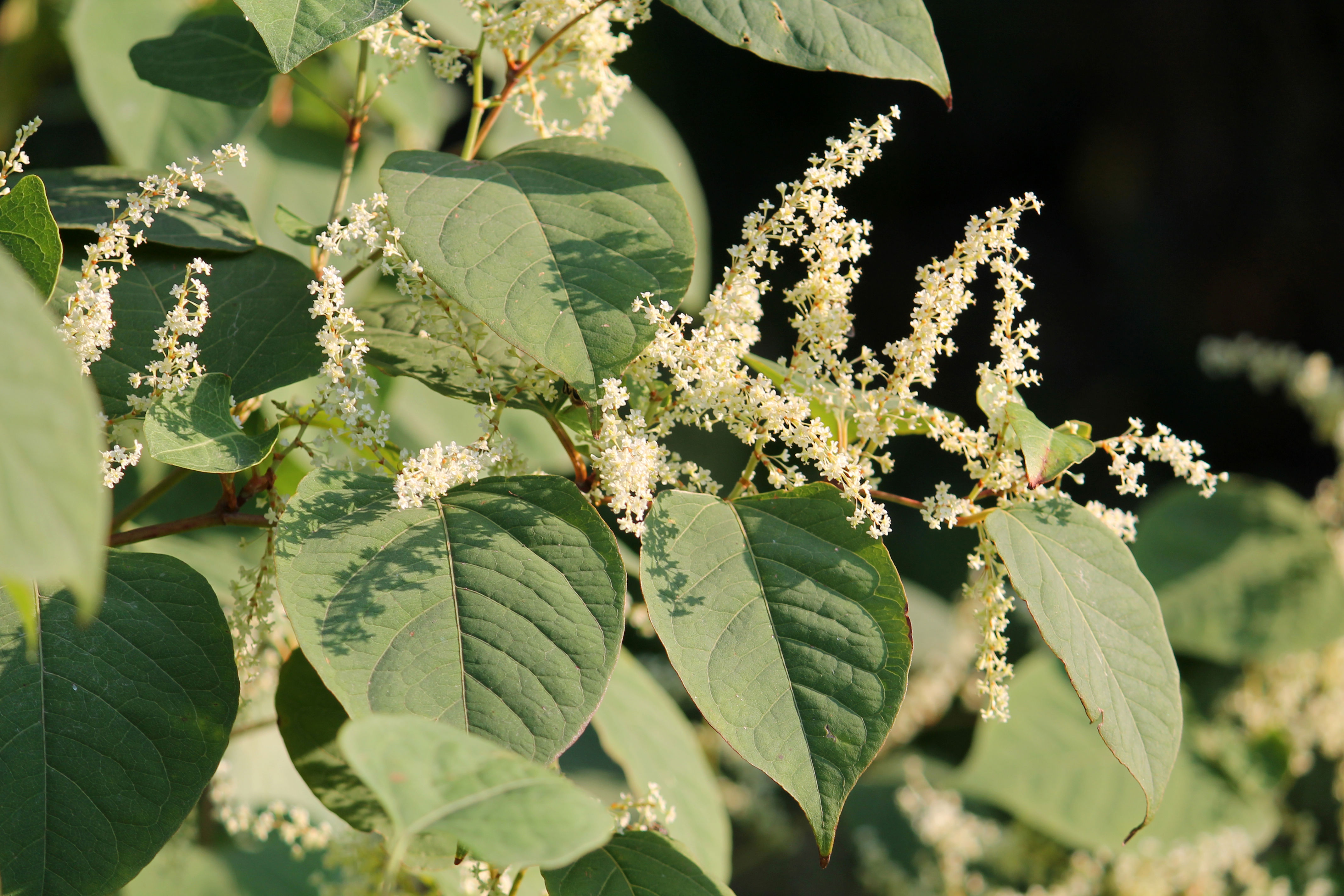While the presence of greenery is often welcomed, the same cannot be said for Japanese knotweed, a plant which thrives in various soils causing issues for both man-made and natural habitats. The species joins Dwarf knotweed, Giant knotweed and Bohemian (hybrid) knotweed as a known invasive plant of the UK, leading to legal measures to see it controlled.
How to identify Japanese knotweed
First imported to the UK in the 1800’s, the fast-growing properties which once popularised Japanese knotweed amongst gardeners now serve as a hindrance to our environment. To complicate matters further, the plant’s existence can go unnoticed by the untrained eye. The Royal Horticultural Society (RHS) defines the appearance as such:
“In spring, reddish-purple fleshy shoots emerge from crimson-pink buds at ground level. These grow rapidly, producing in summer, dense stands of tall bamboo-like canes which grow to 2.1m (7ft) tall.
These canes have characteristic purple flecks, and produce branches from nodes along its length. Leaves are heart or shovel-shaped and up to 14cm (5½in) in length and borne alternately (in a zig zag pattern) along the stems. The stems die back to ground level in winter, but the dry canes remain for several months or longer.
The creamy-white flower tassels produced in late summer and early autumn reach up to 15cm (6in).”
In addition, they note the potential confusion which arises when identifying the plant, with Japanese knotweed being mistaken for similarly quick-spreading species such as Russian vine or Himalayan Honeysuckle. Specialists, such as surveyors, will be able to confirm the presence of Japanese knotweed on a property, and should be consulted if you suspect this to be the case.
The root of the problem
Japanese knotweed’s reach is not only broad in terms of physical growth, but in those it affects because of its spread. From skilled property developers, business owners, to the green-fingered resident wanting to better their home, Japanese knotweed will put a stop to the most articulate construction plan, or drive a wedge between neighbours.
In accordance with GOV.UK’s designated Japanese knotweed page, while it is not illegal to have knotweed on the premises, i.e. the garden, negligence in keeping it contained will amount to personal and financial complications further down the line. In the most severe circumstances, such as the species finding its way into the wild, the responsible party could be subject to prosecution.
It is paramount, therefore, to assess your situation and make efforts to control knotweed before it becomes a nuisance. Additional points to consider are as follows:
- Potting a knotweed does not isolate the issue, nor reduce the likelihood of it spreading in the future
- Knotweed thrives because of its roots, rhizomes, and just 1cm is enough for a new plant to grow
- While a small clump of knotweed could potentially be contained by the building owner, larger invasions must be seen to by a specialist
- The home seller’s property information form (TA6) requires that the seller locate and declare any Japanese knotweed. Providing incorrect information can result in legal action, and significant costs to cover damages and fees
- Knotweed on your property will not result in an outright mortgage refusal, but it could delay the application process.
Nipping it in the bud
The nature of knotweed means that contaminated soil or plant material could be classified as controlled waste, and cannot be disposed of like standard garden refuse. DIY solutions such as weed killers can prove hazardous to other plant life should the wrong chemical be used, and cutting it just won’t cut it on this occasion – mowing knotweed, for example, will in fact lend to its growth.
Government guidance presents multiple solutions to fit varying circumstances. From burning, burial, to a slower course of approved herbicides, care must be taken to review your situation and determine the best approach. Depending on the nature of the invasion, disposal may be conducted on site, or need to be transported to a designated landfill site.
Overall, when it comes to removing Japanese knotweed, seeking professional help is best. Industry experts will have experience in controlling clumps to wider growths, and potentially save you from additional financial grief.
Contact us
Concerned about the potential existence of Japanese knotweed on your property, or how it might affect your cover? Speak to our residential or commercial property teams for further guidance.






